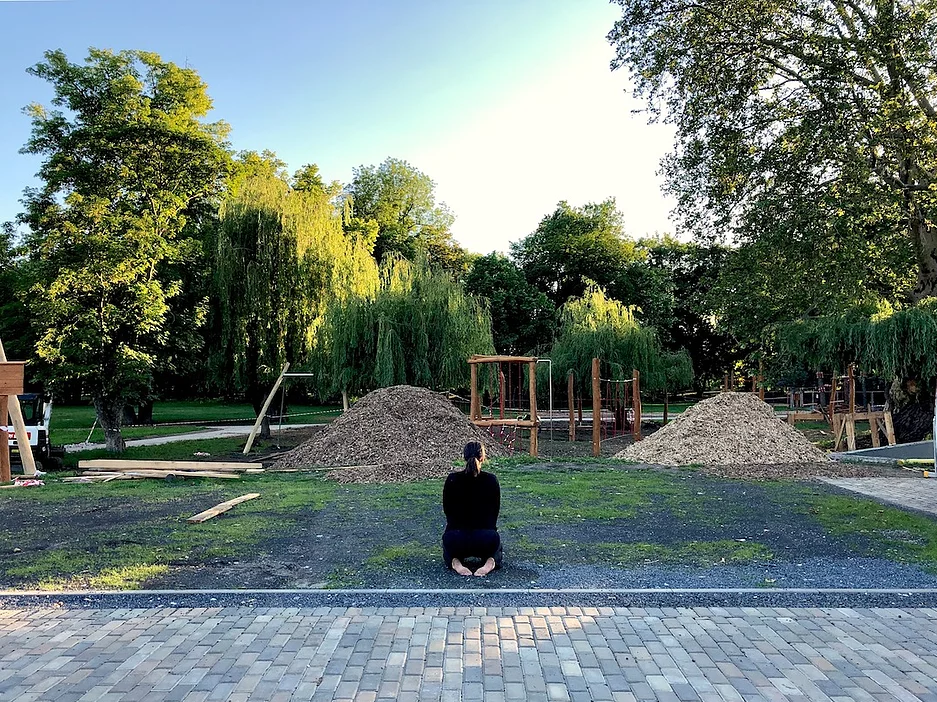Created by Beth Kates & Neil Christensen
Presented Mar 29 - Apr 2, 2019 University of Calgary School of Creative and Performing Arts Alchemy Festival of Student Work
Summary of Project:
An immersive one-on-one performance, Bury The Wren uses Augmented Reality and Virtual Reality, mixed with ‘Carbon’ Reality, to exhume Annie Donnelly’s voice from the grave of history. In 1880, five members of the Donnelly family were brutally murdered by their neighbours. Annie Donnelly and her husband Robert survived and lived among the murderers, who were never brought to justice.
Description of User Experience:
An individual user is introduced to the room and set up with a VR headset. They encounter objects and Annie in the virtual world. The performance moves from VR in AR using video pass-through and ends with the live performer and story objects present in “carbon” reality.
Identified “Best Practices” for Mixed Reality Production:
- The creative team needs to understand why the story is best told through a mediated experience such as mixed reality and recognize the user experience (audience) as the benchmark for ‘successful’ integration. This work profoundly benefits from expanded resources that include extended creation and rehearsals periods that integrate user testing rounds along the way. Building a team consisting of both artists and technologists is advised, allowing each team member’s roles and responsibilities to evolve over the journey. Theatre companies and individual artists interested in mixed reality work are encouraged to explore partnerships with Universities or other technology labs as they may be eager to collaborate.
- Introduce the technology to the devisers as soon as possible. Technology plays a similar role as a costume in traditional theatre. Just as a costume shapes and gives new life to a performance, so too does technology. The sooner a performer has a firsthand experience with the technology, the sooner they will be able to allow the technology to inform their performance.
- Integrate the technology into rehearsals as soon as possible. If the performer is able to experiment with the technology throughout the rehearsals, they are likely to make surprising discoveries that can be used in the final production.
- Get into the performance space with the technology as soon as possible. Rehearse in the performance space with the technology as soon as possible, for as much of the production process as possible. Getting into the performance space sooner means that there will be more time to set up the technology, and more time to solve unforeseen problems with the set-up.
- Use a game engine to create VR and AR experiences. It is not necessary to build everything from the ground up. A game engine will save designers and programmers a lot of time, and save the production company a lot of money.
- Use a dramaturg. A dramaturg is recommended for the development of VR/AR performances, to provide feedback to the production team. Best practices for working with a dramaturg throughout VR/AR productions include:
- Have the dramaturg check in during pre-production, to discuss the script and the overall design of the production.
- Have the dramaturg check in once or twice in the mid- to late design phase, to discuss the ongoing development of the VR/AR elements of the production, as well as any other design elements.
- Have the dramaturg heavily involved in developmental rehearsals to provide constant feedback from the participant’s perspective.
- Have a dramaturg check in before previews. Decide then if the dramaturg will be necessary throughout the run. In some cases it will be useful for the performers and production team to receive feedback from the dramaturg throughout the run, and in other cases it will not be.


